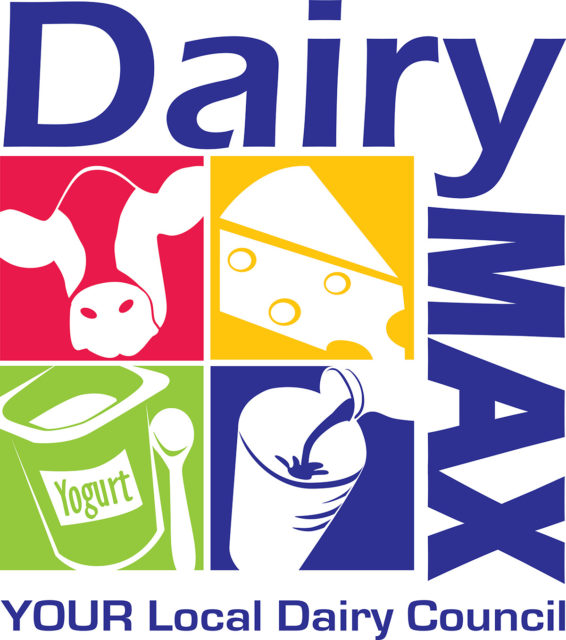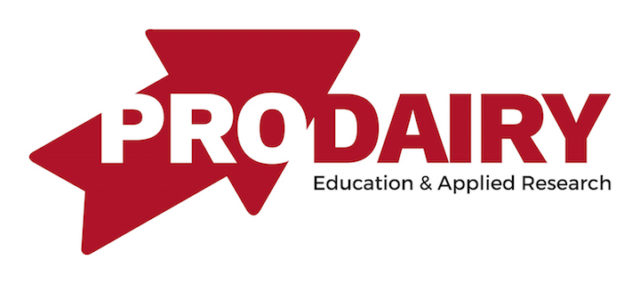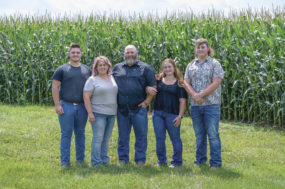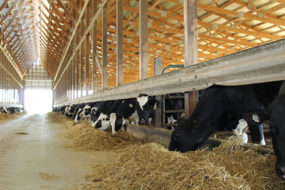The Dairy Worker Safety Training Using Mobile Technologies, provided by the University of Texas School of Public Health and the New Mexico State University Dairy Extension, is a new learning initiative that delivers safety training content to dairy workers using mobile devices.
Funding for the training development and delivery was provided by the Occupational Safety and Health Administration’s Susan Harwood Training Program.
The training, which is offered in both English and Spanish, is one and a half hours long and details the prevention of injuries and work protocol. This innovative mobile-learning platform provides dairies with the opportunity to reach more employees in effective and efficient ways, especially when compared with classroom-based training. It also gives workers the opportunity to engage and interact with the safety training material.
This modern learning platform not only improves the overall effectiveness of safety training delivery on remote farms, but it also helps employees retain more information, allowing them to apply it effectively to their jobs. As one dairy worker described it, “This training was a great experience. I loved the videos! They caught my attention because they are in my native language. I can follow and understand what is happening.”
To date, this initiative program has delivered the training to more than 330 workers from across Texas and New Mexico within a 10-month period. In previous trainings, we have observed that workers have improved scores on their posttest compared with their pretest, suggesting that workers have retained the knowledge gained in the safety training. This learning platform is the first to deliver safety training to dairy workers using mobile-learning (m-learning) technologies as opposed to electronic-learning (e-learning), in which workers would be required to be tethered to a desktop computer or connected to the internet. With continued funding, we will be able to reach out to more employees, ensuring sustainability and improving safety of workers on dairy farms.
Fostering safety work practices on dairy farms
Agriculture, including dairy farming, is a high-risk occupation. In 2012, the highest occupational fatality rate in the U.S. was in the agriculture, forestry and fishing (AgFF) sector, with 21.2 deaths per 100,000 full-time workers. A recent Bureau of Labor Statistics (BLS) report identified dairy cattle and milk production operations as being primarily responsible for the increase in work-related injury and illness rates in the AgFF sector. This increase is due, in part, to the shift away from small dairy farms to large-herd operations in the U.S. over the past 20 years.
The Dairy Worker Safety Training delivers safety training content to workers whose jobs involve hazardous tasks, including livestock handling in close proximity to the cow (milkers, pushers, reproduction and hoof trimmers); operation of heavy machinery (feeders); medical treatment and care of cows involving biological hazards and pharmaceutical agents (caretakers); and tool operation and chemical handling tasks (maintenance workers).
Assessing hazards and making safety improvements
Upon completion of training, each worker earns a certificate of safety training, and the dairy owner receives a training report with the names of participating workers and the details of the training content, including vital information, such as the mean scores of the pre and posttests.
The pretest, which includes 15 questions, is available both in English and Spanish, and it is completed on an iPad. A test administrator reads the questions aloud for the workers; however, workers who feel comfortable doing the test independently may read and answer the questions on their own. Once the pretest has been administered and completed, workers start on the training, which includes various training vignettes followed by interactive quizzes for the worker.
The training is divided into a two-part session. Part one of the training covers general dairy farm safety and includes safety training content on chemical use, cattle flight zone awareness, PTO safety and electrical and ergonomics protection information, as well as other important and relevant safety topics. Part two addresses job specific training for specific job positions on the dairy, such as general and outside workers, milkers and calf caretakers, and feeders.
The Dairy Worker Safety Training aims to target new employees who need to receive general training on safety issues across the dairy farm, as well as regular employees who may be familiar with the safety content, but may need refreshers on certain tasks. Upon completion of training, workers are given a posttest with 15 questions to evaluate how much information they learned and retained. Workers are then asked to complete a short evaluation to measure the process and performance of the training program.
Three months after delivering the Dairy Worker Safety Training, a follow-up evaluation is administered to assess if trainees have applied the safety skills they learned. This evaluation is composed of five to six questions, which takes about two minutes to complete, minimizing work disruption. The overall goal of this training is to prevent injuries and maximize a worker’s knowledge of safety tasks so that he or she may perform potentially hazardous tasks safely and promote a strong safety climate.
Assessing hazards and making safety improvements on the dairy
The Dairy Worker Safety Training is easy to access and provides workers a more comprehensive understanding of the training material through its multi-modal learning platform. This learning platform allows workers to learn through different styles, including text media, videos, images and audio. These rich and dynamic learning styles not only ensure that workers are able to successfully retain and apply proven safety principles to potentially hazardous tasks on the dairy, but it also allows workers to engage in the safety training material at their own style and pace.






